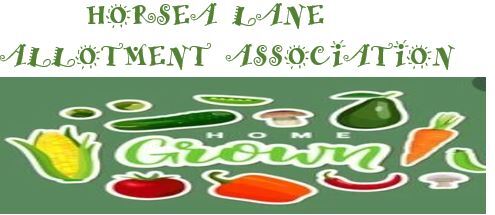So what Fertiliser to use - there are many available and here is some information about them (with thanks to Alan for this information)
Organic Fertilisers
Seaweed
This is rich in plant foods especially nitrogen and potash, and breaks down quickly into humus. Stack for a month or two to allow rain to wash out most of the salt and then dig it in.
Leaf Mould
Although leaves of all types can be composted the best quality comes from Oak or Beech leeves. Place alternate layers of leaves and soil about 2" deep, sprinkling in a general fertiliser on each layer of leaves to aid decomposition. Turn 2-3 month intervals and it will be ready to apply after a year.
Dried Poultry Manure
Being extremely rich in nitrogen, this manure is best used sparingly with bulky material such as peat. It can also be used as a compost activator.
Bonemeal
Animal bones ground coarsely = bonemeal, or finely ground = boneflour. Either provides a steady source of phosphates to the soil. Bonemeal releases this slowly over a long period of time, Boneflour quickly releases its phosphates but over a shorter period of time. Work in Bonemeal before planting fruit trees or bushes, and rake in for vegetables.
Dried Blood Fish & Bone
Contains 3 elements for a Good All Round Fertiliser as it contains balances amounts of Potash, Phosphates and Nitrogen. Use as a top dressing around vegetables, it provides a quick source of nutrients and then slowly releases more over time.
Inorganic Fertilisers
Gromore
Growmore is a all in one, multi-purpose plant food with an even balance of nutrients to feed all the plants. It can be added to the ground 7 – 10 days before planting or sowing and fork well in. This should give sufficient nutrients for 6 to 8 weeks. It can also be used as a top dressing and gently hoed in
Sulphate of Ammonia
This nitrogeneous fertisliser can be raked in before sowing or used as a top dressing for growing crops especially cabbagesother barassicas. When used alone this tends to make soils acidic therefore it works well on chalky or well limed soils.
Nitro-chalk
Another nitrogeneous fertliser, it is useful on acidic soils as this will not make the soil 'sour'. This should only be used as a top dressing
Superphospate
A popular fertiliser for supplying readily available phosphates, it should be raked or forked into the soil at the time of sowing or planting. It is slow acting and so shouldnt be used as a top dressing as it will remain in the soil as plant food for some time.
Sulphate of Potash
Again a very popular fertiliser for supplying potash safely to all plants. It should be applied as a top dressing over the roots of fruit trees and bushes, as well as along rows of plants that will be int he ground for a long time.
Compound Fertiliser
By mixing 2kg Sulphate of Ammonia, 21/2 kg of Superphosphate and 1kg of Sulphate of Potash you can make a balanced fertiliser that contains the three main nutrients as well as other trace elements. This can be used as a top dressing
